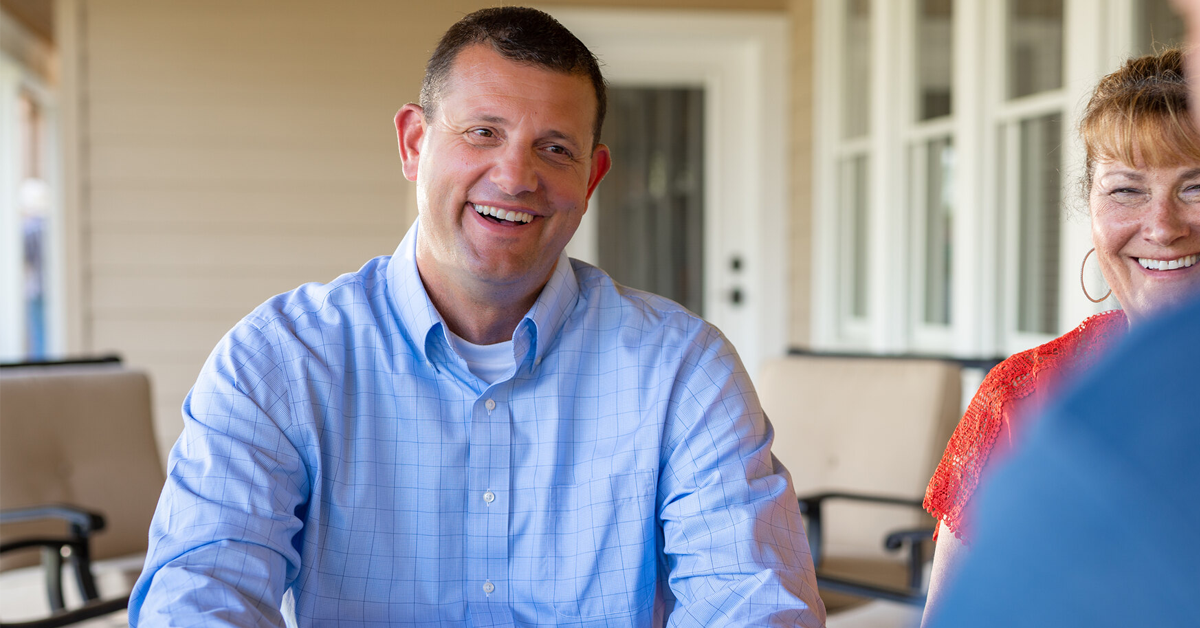Fresnans have until July 25 to formally opine to City Hall on proposed changes to local water-conservation laws.
The changes look good to me. The Valley dies without water. Conservation is the name of the game.
At the same time, the ideas coming out of Public Utilities once again have me wondering if city officials were fully transparent with ratepayers during the Recharge Fresno civil war of 2013-2014.
To bring you up to date, Public Utilities Director Tommy Esqueda has filed an environmental assessment application at City Hall.
A notice describing this application is available at the City Clerk’s Office.
“The applicant proposes to amend the Fresno Municipal Code (FMC) to prohibit water-wasteful practices year round (rather than during certain drought periods as invoked by Council) in the FMC and the Water Shortage Contingency Plan and to amend the Water Shortage Contingency Plan to update permissible watering days in Stages 2 and 4,” the notice states.
The parenthetical comment is part of the notice.
The notice goes into considerable detail. Anyone may file a written comment on Esqueda’s application at City Hall. The deadline is 5 p.m. on July 25.
To get a sense of what’s going on, we must take a good look at the City Council meeting of April 13. It was there that Esqueda conducted a half-hour workshop on the city’s water conservation program and how Fresnans can do an even better job of saving the liquid treasure.
Esqueda told the council that Fresnans reduced their water use by nearly 23% between 2013 and 2016.
“Kudos to the citizens of Fresno for the work they did in getting this done,” Esqueda said.
With the help of PowerPoint slides, Esqueda delivered a compelling overview of Fresno’s water-consumption habits.
For example, Public Utilities gets $250,000 annually for its toilet-washing machine rebate program. Replace your old toilet with a modern low-flow model and get a $50 rebate. (My wife and I did this – we turned in our application this week. We’re also removing 1,300 square feet of lawn.)
A total of 2,791 toilet rebates were approved from 2009 through 2016. District 6 (Northwest Fresno) had the most with 624. District 3 (Southwest Fresno) had the fewest with 98.
Public Utilities spent $247,825 on the toilet-washing machine rebate program in Fiscal Year 2011, but only $30,800 in Fiscal Year 2016. Esqueda promised the council that his team would do a better job of marketing the program to low- and moderate-income ratepayers.
Then there is the trend in residential irrigation habits – in essence, watering the lawn. In 2014, 46% of Fresno’s total water use went to outdoor watering. In 2016, the share of outdoor watering had dropped to 36%.
To no one’s surprise, Fresnans living in single-family houses on big lots use more water than those whose homes sit on small lots.
Public Utilities has nearly 114,000 accounts for single-family residences. The average water use per account per day in 2015 was 406 gallons.
Esqueda broke those 114,000 accounts into four equal sections, or quartiles, based on water use. The first quartile in 2015 used 815 gallons per day. The second quartile used 432 gallons. The third quartile used 299 gallons. The fourth quartile used 160 gallons.
This is another way of saying the big water-users pay most of the annual bill on all those Recharge Fresno bonds.
It was here that Esqueda came to his main point.
The most recent drought is over. But another drought is sure to come. Fresno, with a kick in the fanny from Sacramento, has done a wonderful job of reducing its water use. But more must be done.
A good place to start is the city’s outdoor watering schedule. Without getting too deep into the weeds, watering schedules are based on stages. A stage corresponds roughly to whether we’ve had a wet or average or dry winter.
For the time being, Esqueda proposes we go to a stage that allows outdoor watering (only during certain hours) for one day per week in December, January, February and March; two days a week in April, May, September, October and November; and three days per week in June, July and August.
In other words, one day a week in the wet and cool winter months; two days a week in the moderate spring and fall; three days a week in the summer when it’s hotter than a drugstore pistol out there.
Again – everything would change when Mother Nature slaps us with another four-year drought.
But the big change in Esqueda’s proposal concerns fines for wasting water or watering at the wrong time. As with the “stage” concept, the “fine” concept gets complicated real fast. Bottom line: City Hall wants to get tougher on irresponsible consumers.
The fine currently is $45 per incident. But the fine can disappear for the first and second incidents if the customer jumps through certain behavioral/administrative hoops.
Under the new system, the first incident would mean a written notice but no fine. The second incident means a $50 charge on your utility bill. The third incident — $100 extra on your bill. The fourth incident (and subsequent incidents during a calendar year) — $200 extra on your bill.
Public Utilities generated about $139,000 in water fines in 2016. Under the new system of fines, Esqueda said, any money beyond administrative costs would be spent on modernizing the irrigation systems in the city’s parks.
City Manager Bruce Rudd said Fresno must invest about $45 million over the next 10 years in the Parks Department’s pumps, pipes and sprinklers.
The council doesn’t permit public input during workshops such as the one on April 13.
I don’t know if City Hall as of this week has received any written comments on Esqueda’s proposals.
I don’t know if this issue is coming back to the council for a public hearing, or if Esqueda’s application is enough by itself to change the municipal code.
I do know that Esqueda at the April 13 workshop said City Hall and Sacramento will continue to do all they can to reform people’s water-consumption habits both inside and outside the home. City Hall computers that track every ounce of water used by every consumer will assist in this task.
And I know that city officials in 2013-2014 convinced Fresno voters to embrace a series of major hikes to their water rates with the promise that, when the rains returned, consumers would enjoy an ample and steady supply of water.
You remember the numbers. Fresnans some 10 to 15 years ago used 150,000 to 160,000 acre feet of water per year. That figure had dropped to about 120,000 acre feet by 2014 (it was down to about 110,000 acre feet in 2016, if I correctly interpreted the graph in Esqueda’s PowerPoint presentation).
The $1 billion Recharge Fresno project in all its complexity is to deliver to Fresno in normal rain years more than 200,000 acre feet (180,000 acre feet from the San Joaquin and Kings rivers plus 20,000 to 25,000 acre feet from the “purple pipe” reclaimed water system). And that’s not counting the 10,000 or 15,000 acre feet that Fresno’s superb system of street drains collects during a normal winter and deposits in various recharge basins.
During that long Recharge Fresno civil war over rates, I don’t recall anyone from City Hall or Sacramento telling us: We’re gong to make you pay through the nose to secure double the amount of water you use in a normal year, but you can’t use any of that extra water and we’ll both publicly shame you and fine the bejeebers out of you if you fail to conserve even more water each and every year until the end of time (and we actually hope many of you do fail, because that way we can fund other city projects).
Don’t get me wrong. I think that’s a marvelous game plan for any government. I just wish, for transparency’s sake, Fresno ratepayers had been so informed four years ago.
Fresno used to be a place where you could water the front lawn all you liked, but you’d better not be caught smoking dope.
Now Fresno is a place where you can smoke all the dope you want, but you’d better not be caught watering the front lawn at the wrong hour or on the wrong day – or, better yet, having a front lawn at all.
The world has passed me by.










